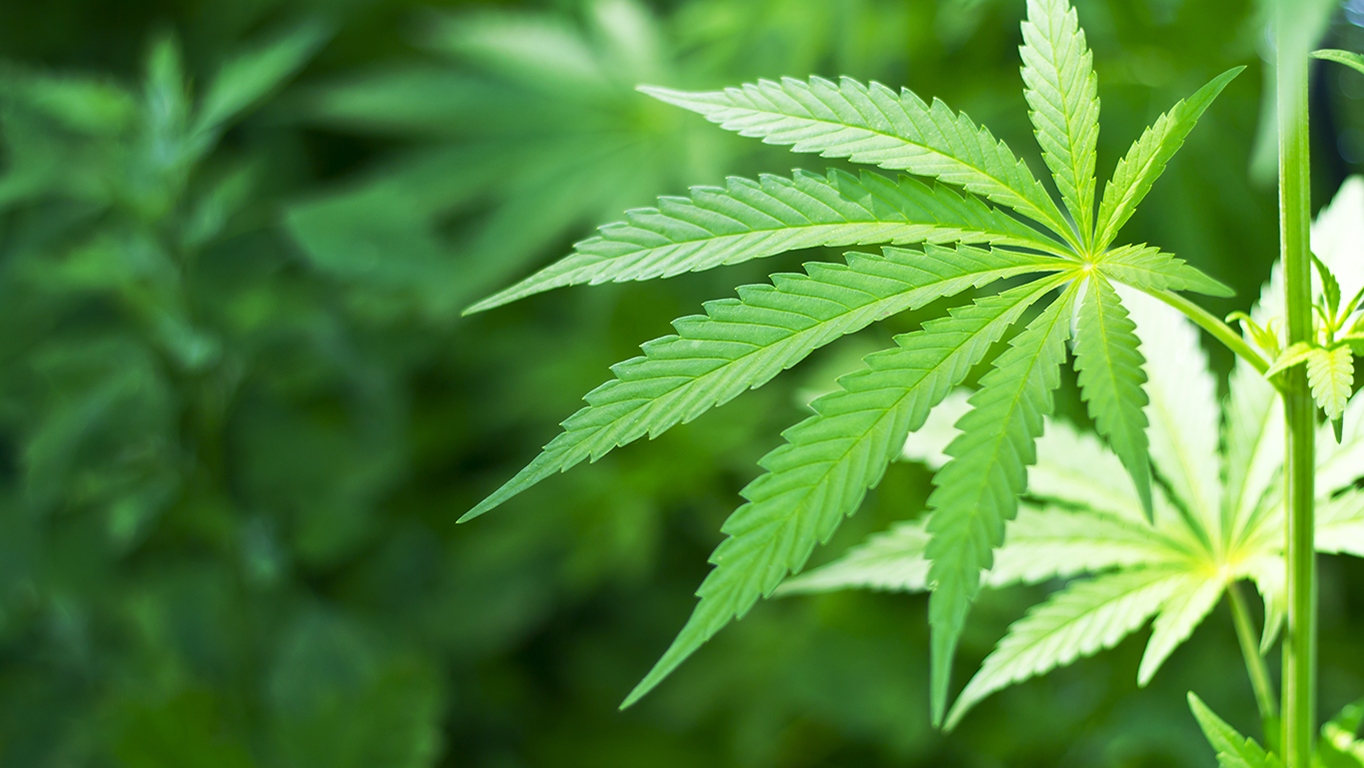In addition to decriminalizing possession of many street drugs, mandating the establishment of at least one addiction recovery center in each Coordinated Care Organization (CCO) district, and creating a 24/7 Addiction Recovery Center hotline, Ballot Measure 110 (2020) radically altered the marijuana tax distribution formula established by Ballot Measure 91 (2014). In short, Ballot Measure 110 capped marijuana revenues for existing Ballot Measure 91 recipients, including counties, at $45 million annually and shifted all revenues above that amount into the newly created Drug Treatment and Recovery Services Fund. As a result, Measure 91 recipients took a roughly 73 percent hit to their state marijuana tax distribution. Local option marijuana taxes (capped at three percent) were unaffected.
The sudden disappearance of marijuana dollars has left counties without necessary funding to provide enforcement resources over cannabis grow operations. Though the 73 percent reduction hits every county that has opted-in to the marijuana program, the problem is especially acute in Southern Oregon where illegal grow operations have proliferated in counties that took some of the largest dollar amount reductions.
The 2021-2023 Governor’s Recommended Budget called for a short-term backfill funding of this loss for local governments, though legislators declined to fulfill that request. The Association of Oregon Counties’ (AOC) conversations with legislators usually boiled down to one point- they were uncomfortable with the idea of altering “the will of the voters” during the 2021 Legislative Session. AOC and the League of Oregon Cities (LOC) worked together to pursue both a backfill for lost revenue and an increase in the local option cap throughout the Session, though neither option advanced.
With local government enforcement functions now unfunded and more time since the passage of Ballot Measure 110 behind us, fixing the marijuana revenue problem appears likely to be taken up by the 2022 Legislature. Options being discussed include pulling state functions out of the Measure 91 formula (keeping local governments whole), increasing the state excise tax rate on marijuana from its current rate of 17 percent and earmarking the increase for local governments, and increasing the cap on local option taxes.
AOC staff continues to negotiate with all affected parties with the understanding that Oregon’s marijuana program simply cannot operate without adequate funding for local government services needed as a direct result of cannabis industry impact.
Contributed by: Tyler Janzen | Legislative Affairs Manager
